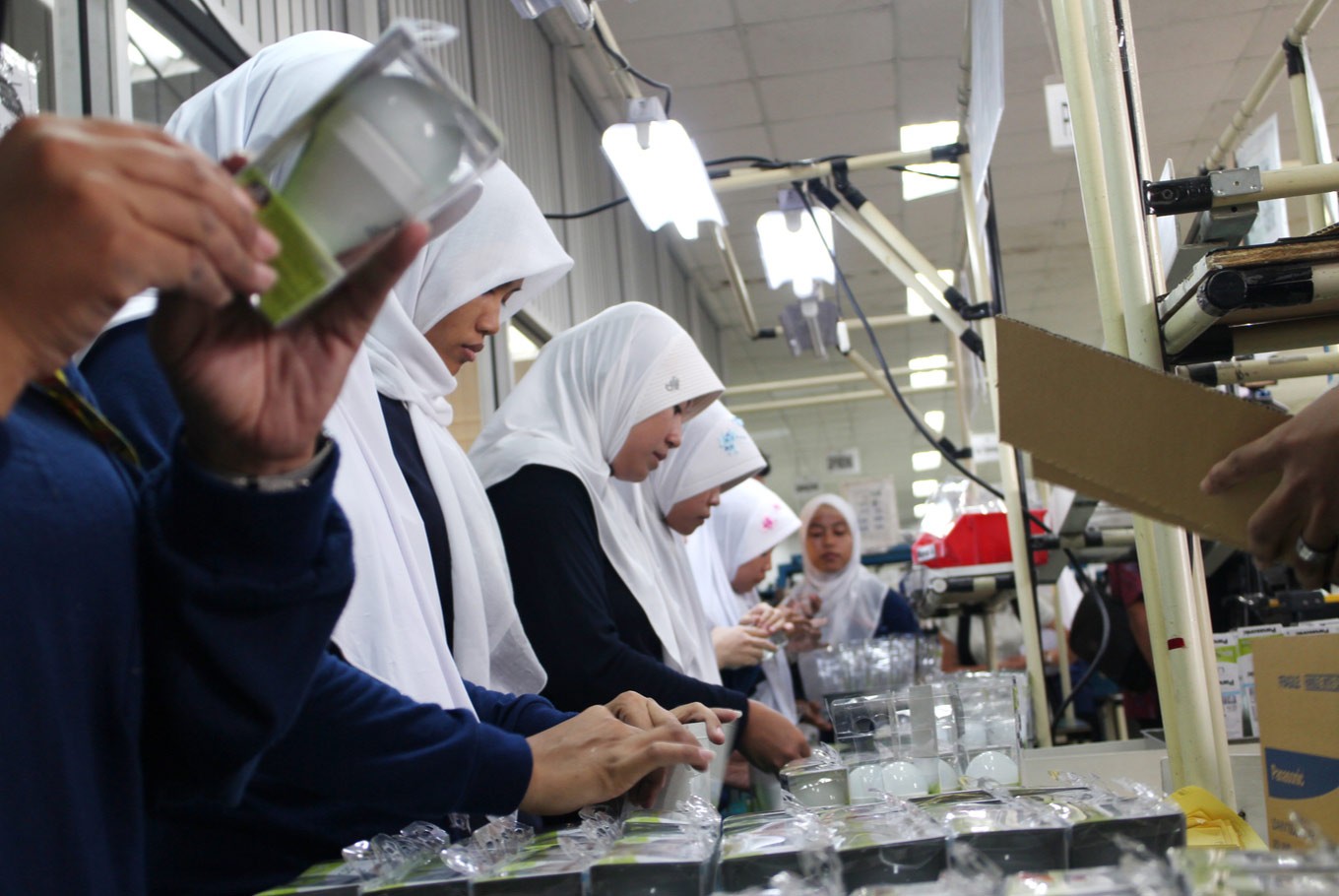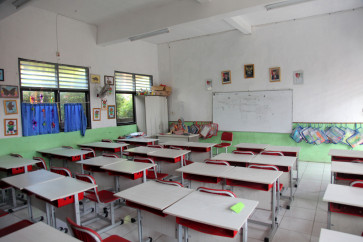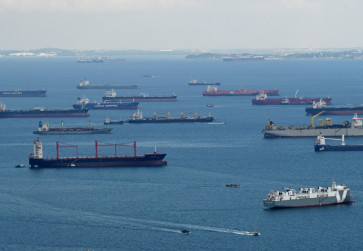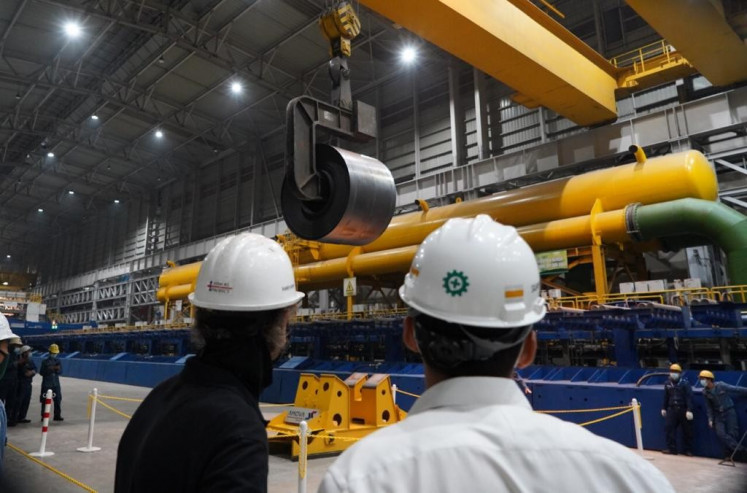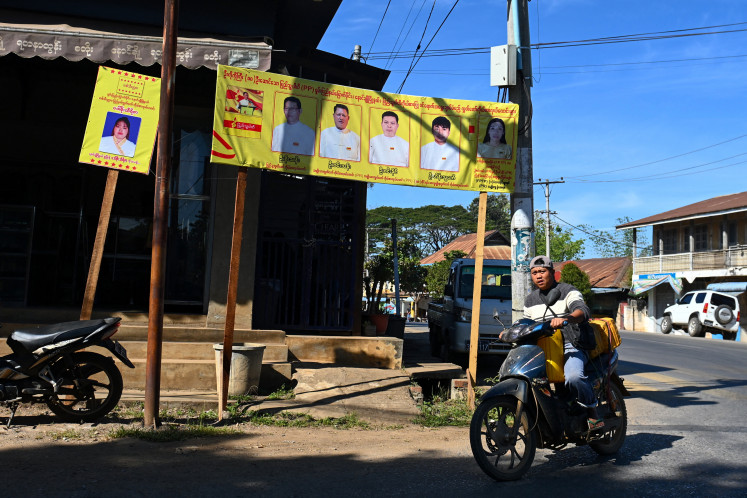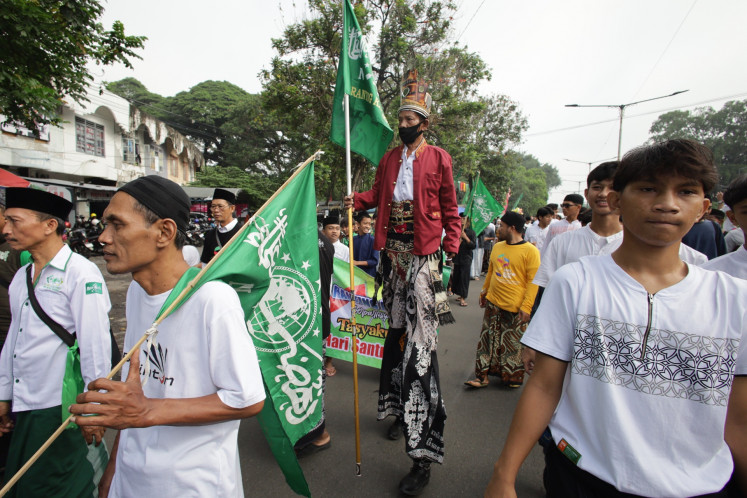Popular Reads
Top Results
Can't find what you're looking for?
View all search resultsPopular Reads
Top Results
Can't find what you're looking for?
View all search resultsDigital age: Source of inequality?
Entering the era of the digital economy in the 21st century, the development of information and communication technology is growing faster exponentially. This has led to the emergence of a variety of new industries and the disruption of old industries that have changed the face of the world economy. However, the acceleration of the development of digital technology also has a negative impact. #opinion
Change text size
Gift Premium Articles
to Anyone
E
ntering the era of the digital economy in the 21st century, the development of information and communication technology is growing faster exponentially. This has led to the emergence of a variety of new industries and the disruption of old industries that have changed the face of the world economy, including Indonesia’s.
However, the acceleration of the development of digital technology also has a negative impact. The National Bureau of Economic Research journal in 2017 revealed an increase in income inequality in most Organization for Economic Cooperation and Development countries, partly caused by the digital economy. Is that right? Also, what policies are needed to encourage the reduction of poverty and inequality through the digital economy in Indonesia?
Amid current conditions, Indonesia’s performance in the digital economy is fairly good. The Creative Economy Agency (Bekraf) during the recent 2019 Bekraf Developer Day in Purwokerto, Central Java, said Indonesia had the highest growth among all countries in ASEAN, reaching almost 90 percent in the 2015 to 2017 period. Indonesia in fact does have the potential to greatly support the growth of the digital economy.
Data from the “Hootsuite (We are Social): Indonesian Digital Report 2019” shows that the number of mobile phone users in Indonesia was 355.5 million, more than the total population of the country, with internet and social media users numbering 150 million.
However, the quality and distribution of digital infrastructure in Indonesia still needs to be further developed. The Hootsuite data stated that connection speeds in Indonesia averaged only 15.5 megabits per second (Mbps), less than the Philippines’ 19 Mbps, India’s 26.7 Mbps, Thailand’s 57.6 Mbps and Malaysia’s 63.5 Mbps.
In addition, in terms of penetration, a survey by the Indonesian Internet Service Providers Association (APJII) in 2017 showed inequalities where people with the lowest education levels experienced a low penetration rate of 5.45 percent (not in school), 10 percent (SD/MI/Package A) and 48.53 percent (SMP/MTs/Package B).
In fact, the rapid use of the internet and adequate digital technology is needed for all people, especially the poor, because it can provide many benefits, ranging from access to information and education in order to increase knowledge and skills and access to employment, the marketplace, online payment, cheap and easy financing through credit online or through crowdfunding and so on.

